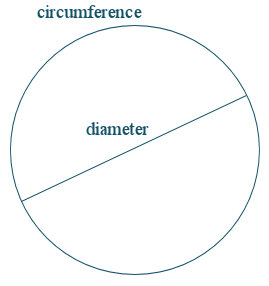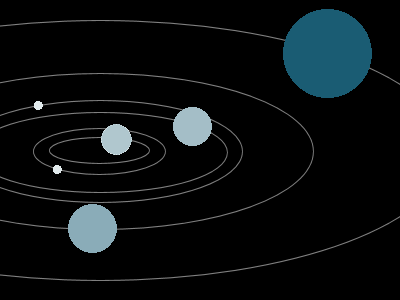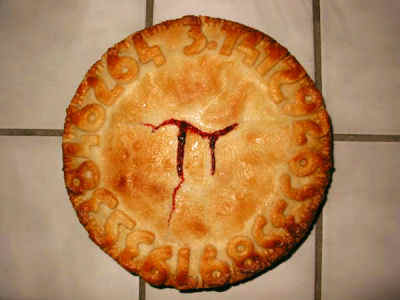Pi
π = 3.141 592 653 5...
Pi has excited mathematicians for thousands of years. Why all the interest?

Pi arises in may fields of mathematics, for example:
- It is the ratio of the circumference to the diameter of a circle
- In area of a circle
- In functions and graphs
- In analytic trigonometry
- In complex numbers
- In differential and integral calculus
- In Fourier series
Some Quick Highlights of the History of Pi
As far back as the 3rd century B.C.E. (Before Common Era), Archimedes found that pi was between
`223/71 = 3.140 845 07...`
and
`22/7 = 3.142 857 143...`
By the 5th century, the Chinese had the respectable value (correct to 6 decimal places):
`355/113 = 3.141 592 92...`
By the 17th century, the use of infinite series meant that we could get more and more accurate values of π, as long as we had plenty of time (or computing power) to calculate more decimal places. For example, Leibniz (of calculus fame) developed the following expansion for pi, but it wasn't very good (see more at Finding Pi using Infinite Series):
`pi=4(1-1/3+1/5-1/7+...)`
Why π?
The Greek letter pi (π) is used since it is the first letter of the Greek word for "perimeter", meaning "distance around the outside". If we have a circle with diameter 1 unit, then the perimeter will be π units.
π = 3.141 592 653 589 793 238 462 643 383 279 502 884 197 169...
Pi and Computers
One of the first things that computer engineers do when they are testing a new computer chip (or programming language or operating system) is to calculate the value of pi to check that everything is working correctly.
For example, just after World War II, the huge ENIAC computer managed to compute pi to just over 2,000 places.
The most recent value was achieved by the Japanese in 2002, with 1.2 trillion decimal places (that number's got 11 zeroes after the 1.2...).
Pi and Art
How's this for a great piece of pi art in downtown Seattle?

[Image source: cra.org].
And you can't beat this:
This one is original:

Another interesting ratio: Φ (Phi)
You may also be interested in Math of Beauty, which has some interesting observations regarding the ratio Φ...
